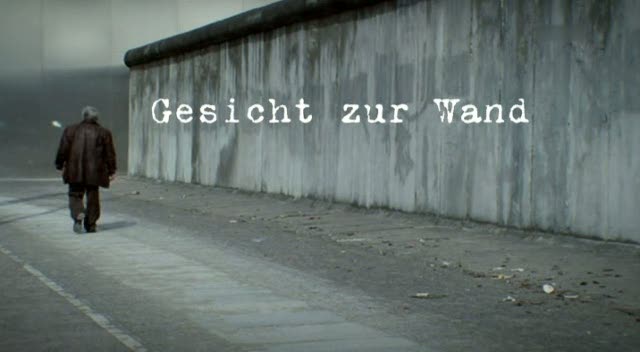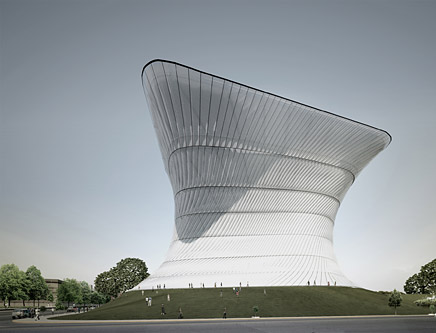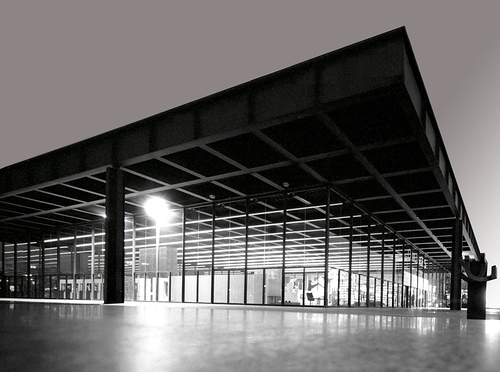Saint Augustine stole once some pears when he was 16 years old, and wrote memorable pages about it in his
Confessions. And Mark Twain, while trolling in Greece being 30 years old, stole some grapes. Here are both stories, the pears' being rather a remorse, and the grapes' being rather funny.
AUGUSTINE'S PEARS

"What then did wretched I so love in thee, thou theft of mine, thou deed of darkness, in that sixteenth year of my age? Lovely thou wert not, because thou wert theft. But art thou any thing, that thus I speak to thee? Fair were the pears we stole, because they were Thy creation, Thou fairest of all, Creator of all, Thou good God: God, the sovereign good and my true good. Fair were those pears, but not them did my wretched soul desire; for I had store of better, and those I gathered, only that I might steal. For, when gathered, I flung them away, my only feast therein being my own sin, which I was pleased to enjoy. For if aught of those pears came within my mouth, what sweetened it was the sin. And now, O Lord my God, I enquire what in that theft delighted me; and behold it hath no loveliness; I mean not such loveliness as in justice and wisdom; nor such as is in the mind and memory, and senses, and animal life of man; nor yet as the stars are glorious and beautiful in their orbs; or the earth, or sea, full of embryo-life, replacing by its birth that which decayeth; nay, nor even that false and shadowy beauty which belongeth to deceiving vices.
(...)
For had I then loved the pears I stole, and wished to enjoy them, I might have done it alone, had the bare commission of the theft sufficed to attain my pleasure; nor needed I have inflamed the itching of my desires by the excitement of accomplices. But since my pleasure was not in those pears, it was in the offence itself, which the company of fellow-sinners occasioned".
Image: Augustinus und der Teufel, panel of Michael Pacher's Kirchenväteraltar, ca. 1483, Alte Pinakothek, Munich.
TWAIN'S GRAPES

"As we marched along, we began to get over our fears, and ceased to care much about quarantine scouts or any body else. We grew bold and reckless; and once, in a sudden burst of courage, I even threw a stone at a dog. It was a pleasant reflection, though, that I did not hit him, because his master might just possibly have been a policeman. Inspired by this happy failure, my valor became utterly uncontrollable, and at intervals I absolutely whistled, though on a moderate key. But boldness breeds boldness, and shortly I plunged into a Vineyard, in the full light of the moon, and captured a gallon of superb grapes, not even minding the presence of a peasant who rode by on a mule. Denny and Birch followed my example.
Now I had grapes enough for a dozen, but then Jackson was all swollen up with courage, too, and he was obliged to enter a vineyard presently. The first bunch he seized brought trouble. A frowsy, bearded brigand sprang into the road with a shout, and flourished a musket in the light of the moon! We sidled toward the Piraeus--not running you understand, but only advancing with celerity. The brigand shouted again, but still we advanced. It was getting late, and we had no time to fool away on every ass that wanted to drivel Greek platitudes to us. We would just as soon have talked with him as not if we had not been in a hurry. Presently Denny said, "Those fellows are following us!"
We turned, and, sure enough, there they were--three fantastic pirates armed with guns. We slackened our pace to let them come up, and in the meantime I got out my cargo of grapes and dropped them firmly but reluctantly into the shadows by the wayside. But I was not afraid. I only felt that it was not right to steal grapes. And all the more so when the owner was around--and not only around, but with his friends around also. The villains came up and searched a bundle Dr. Birch had in his hand, and scowled upon him when they found it had nothing in it but some holy rocks from Mars Hill, and these were not contraband. They evidently suspected him of playing some wretched fraud upon them, and seemed half inclined to scalp the party. But finally they dismissed us with a warning, couched in excellent Greek, I suppose, and dropped tranquilly in our wake. When they had gone three hundred yards they stopped, and we went on rejoiced. But behold, another armed rascal came out of the shadows and took their place, and followed us two hundred yards. Then he delivered us over to another miscreant, who emerged from some mysterious place, and he in turn to another! For a mile and a half our rear was guarded all the while by armed men. I never traveled in so much state before in all my life.
It was a good while after that before we ventured to steal any more grapes, and when we did we stirred up another troublesome brigand, and then we ceased all further speculation in that line. I suppose that fellow that rode by on the mule posted all the sentinels, from Athens to the Piraeus, about us.
Every field on that long route was watched by an armed sentinel, some of whom had fallen asleep, no doubt, but were on hand, nevertheless. This shows what sort of a country modern Attica is--a community of questionable characters. These men were not there to guard their possessions against strangers, but against each other; for strangers seldom visit Athens and the Piraeus, and when they do, they go in daylight, and can buy all the grapes they want for a trifle. The modern inhabitants are confiscators and falsifiers of high repute, if gossip speaks truly concerning them, and I freely believe it does".



















































